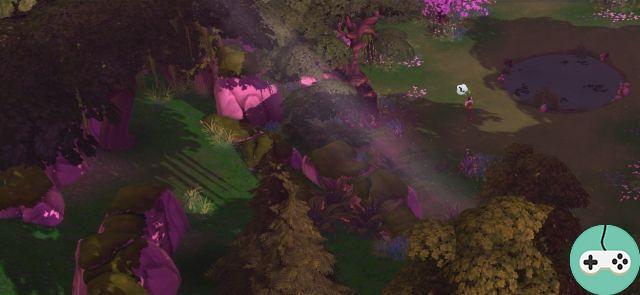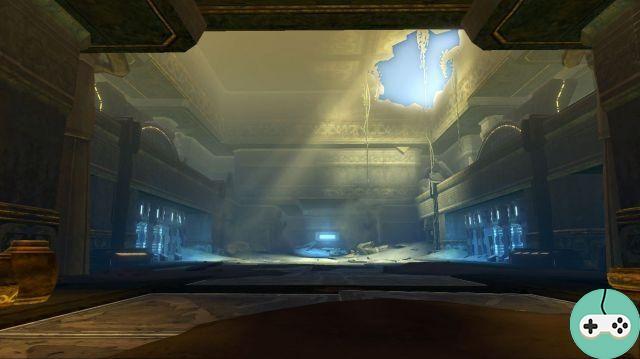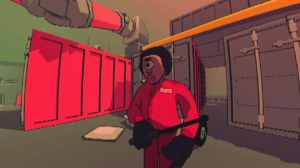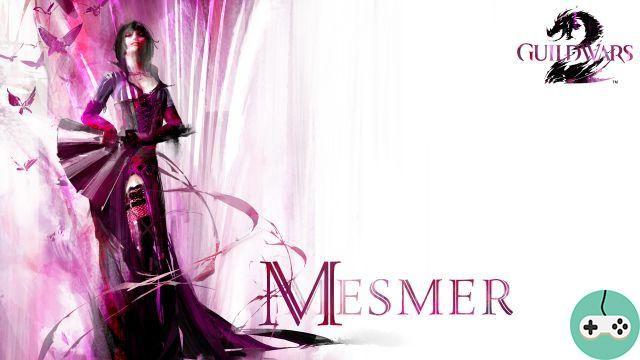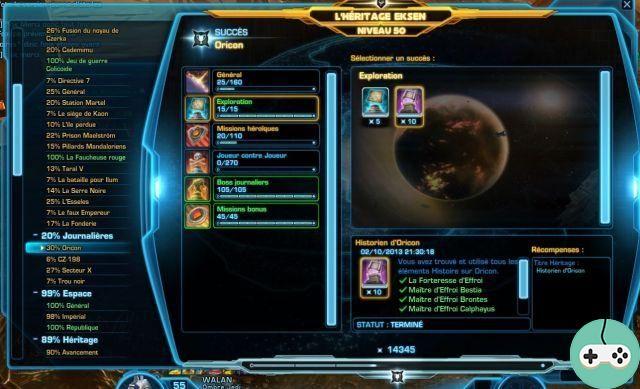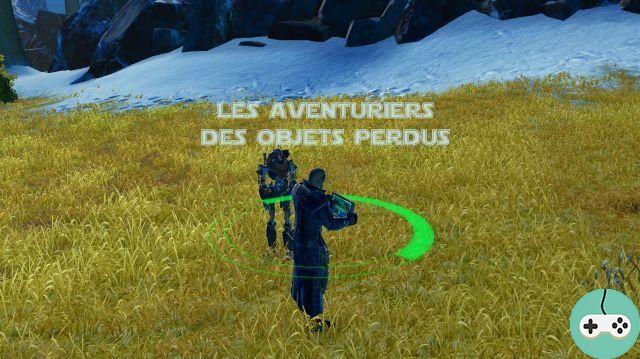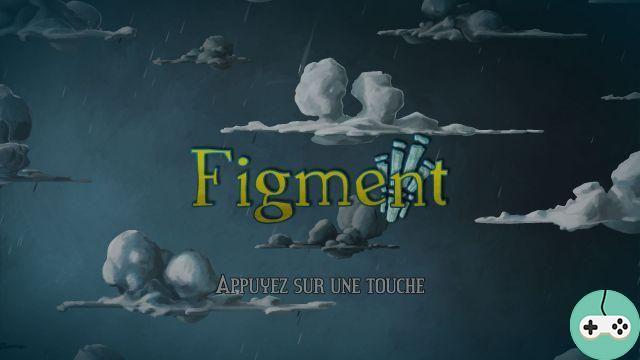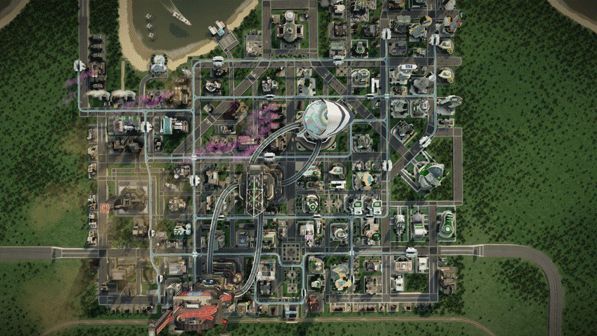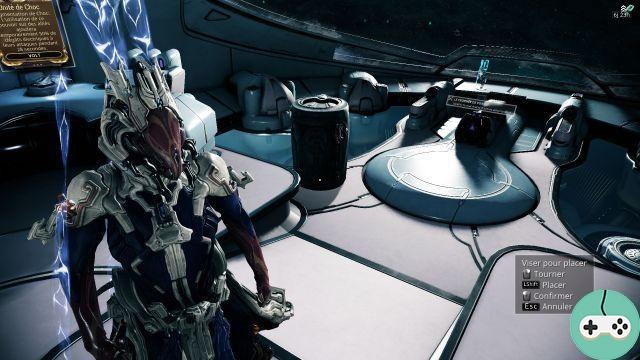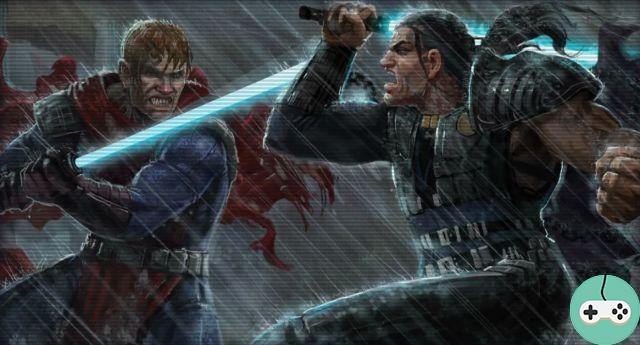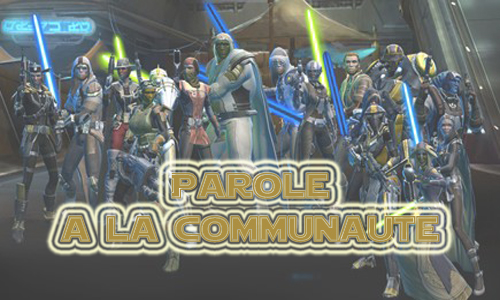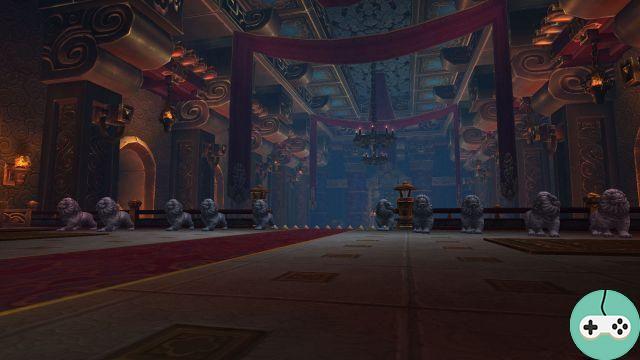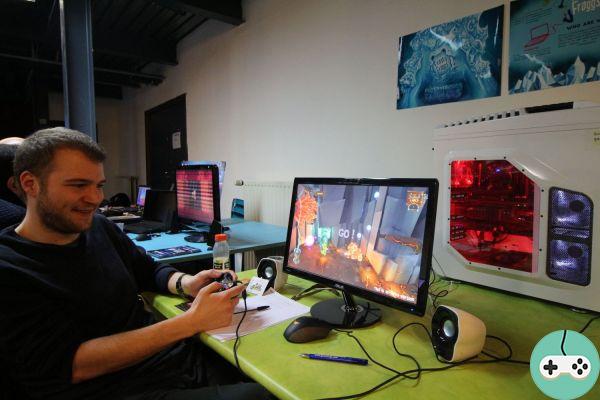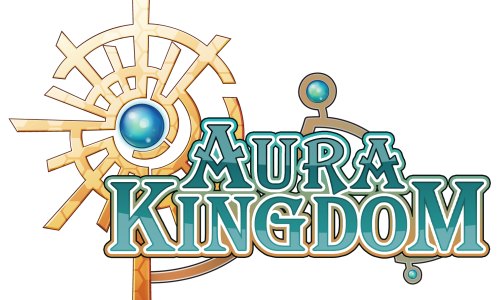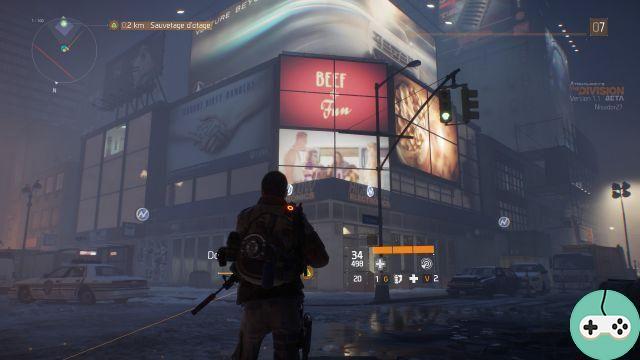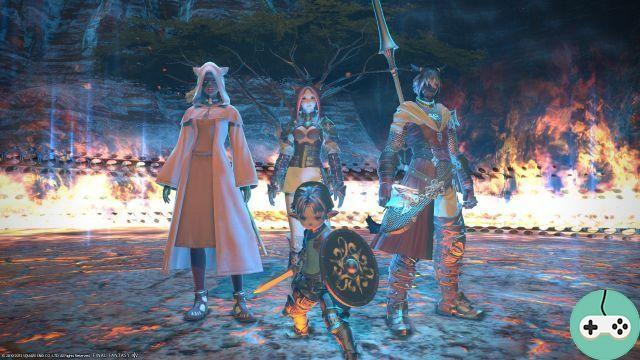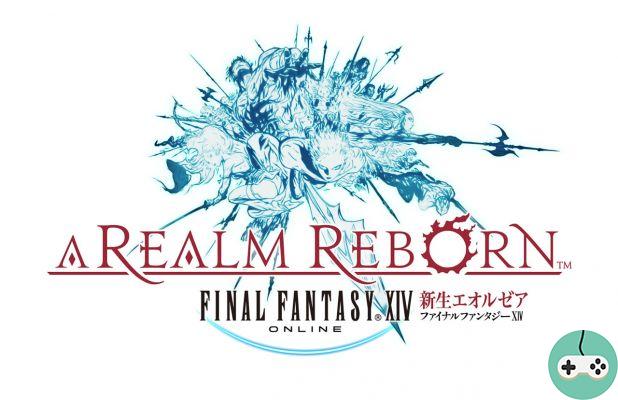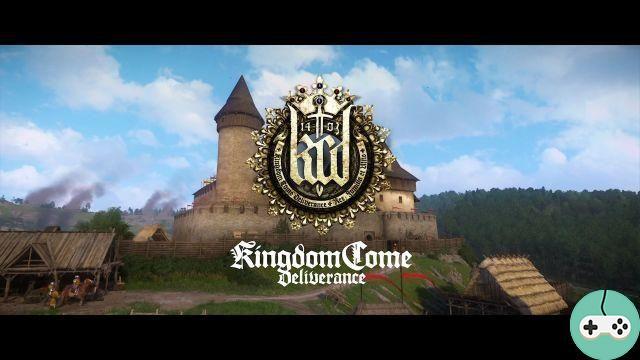Today, we are going to introduce you to Little Factory which is quite simply the little brother of the game Little Town created by the same authors (Shun & Aya Taguchi) and published in Spanish once again by the publisher IELLO.
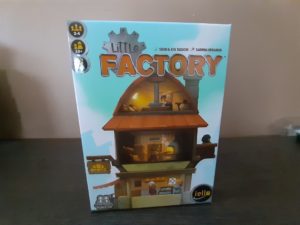
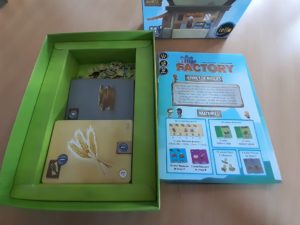
Concept & Mise en place
The idea of Little Factory is the same as Little Town, namely that you will start with few resources (here only gold) and make the right choices to gain resources and expand your choice of possibilities in order to defeat your opponents. . The two games are absolutely not duplicated in a toy library because the first (Little Town) introduces players to the mechanics related to worker poses, while in the latter we will have engine building mechanics (construction of different sequences of elements to perform combos).
Whether it's resources or even gold coins, everything has been modeled through resource cards or buildings spread over several levels. The higher the level, the greater the resources requested will be, but the effects, whether in victory points (influence points) or in gaining resources, will also be significant.
For the implementation, there is not much complicated, it will simply be necessary to align 5 resource cards of each level in line with the condition that they are all different. In the case of a revelation of a duplicate, the latter will be added to the current stack. For the building cards, you will have to do the same as for the resources but, with the condition of having to put in the basic building cards beforehand (number of players +1).
You will therefore find yourself at the beginning of the game with 20 stacks of cards on 4 different rows (base, resource of lvl 2 & 3, buildings). All you have to do is choose the order of the players and distribute the starting pieces (in the form of tiles). The first player will receive the 3-piece tile, the second the 4-piece tile, etc.
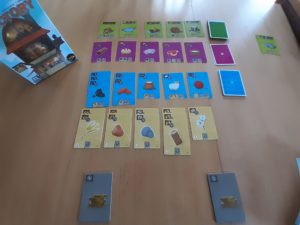
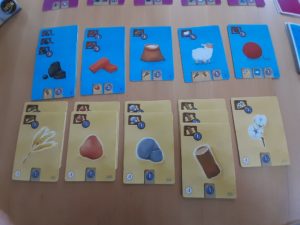
Game flow
A game of Little Factory takes place over an indeterminate number of turns because the end of the game is triggered if a player reaches 10 influence points or if the latter's reserve is empty (12 influence points available). The course of a player turn is broken down into 4 phases in a specific order:
- Activate buildings
- Player Action (Produce or Trade)
- Building activation (End of turn)
- Revealing new cards
- Activate buildings
- player action
- Card Reveal
Activating buildings will allow you to use the effect described at the top of a building card to acquire resources or influence points. A card acquired during the turn during your player action can be activated in the end of turn activation phase. Be careful though: even if it is possible to activate all your building cards during your turn, it is only possible to activate them once maximum in a turn. It is strongly advised during an activation to turn the card 90 degrees to indicate that it is already used.
Concerning the effects, they are systematically represented in the same way as resources on one side and from an arrow. The left part will be what you have to discard or reveal, while the right part will be what you will acquire. A card is acquired if, and only if, the resource card is available on the playing area, otherwise it will not be possible to create it.
The small subtlety concerning the resources to the left of the arrow comes from their background. In the case of a resource with a colored background, you will have to discard the said resource from your hand (in the case of a basic resource - yellow, it will be put back in the game pile) whereas if it is in the form card, you simply reveal it from your hand (so you don't lose any cards). Be careful though, it is only possible to have a maximum of 7 cards in your hand!
During this phase, it will be possible to perform one of the following two actions to acquire one or more cards to enlarge your hand. The Produce action will allow you to obtain a single card using resources, while the Exchange action will ask you to pay with coins, but this time with the possibility of acquiring several cards at once.
The costs of a card, whether it is a resource or a building, are always listed at the bottom of the card. For resources, there may be several possible choices like for the ball of wool where you can discard a wool card or reveal a sheep card. Some cards will require several resources to obtain, this difference can be seen on the size of the resource insert which includes several resources instead of just one.
There are two particularities concerning these two actions. If you choose the Produce action, you will be able to acquire a basic resource card for free if this is your only possible choice. We're not going to lie to each other, if you're making this type of choice, it's because you're not particularly good at your game. The other particularity concerns the Exchange action where the number of cards you will discard will modulate the number of cards you will be able to acquire. The rule is quite simple: if you discard one card you can acquire several, but if you discard several cards then you can only acquire one card (one for all and all for one).
In this phase and as for the setup, you will simply have to fill the empty squares of the playing area with new cards from the draw pile. In the case of a duplicate, you will again have to stack the cards on the pile of existing cards.
If a deck is empty, you simply shuffle the discard pile from that resource pile to create a new deck of cards again.
As I explained before, the endgame can be triggered in two different ways. Depending on the endgame trigger, the calculation of the endpoints is different:
- The player has reached 10 or more influence points (gained only during the activation of buildings): the latter is automatically declared the winner.
- Influence point pool is empty : in addition to each player's influence points, each player will add the influence value of these buildings (represented by a star on them) to their sum. The player with the most wins the game.
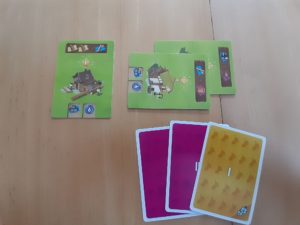
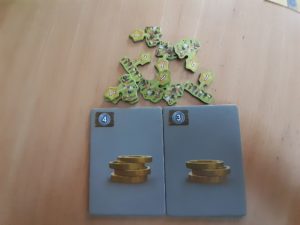
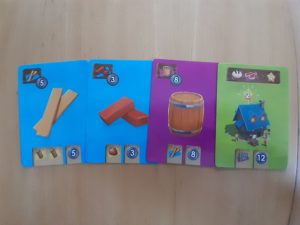
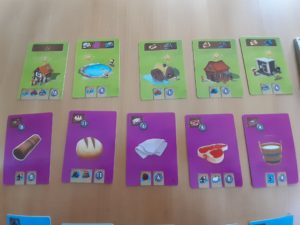
Conclusion
As with Little Town, Little Factory allows you to introduce a new mechanism to a group of players by being both easy to understand and sometimes punitive if you make the wrong choices (you can easily find yourself blocked depending on your resources and cards available). Even if the game is intended to be accessible, it is quite possible to put it in the hands of experienced players who will also have to rack their brains to effectively build their resource engine and be the fastest to garner influence points. to be declared the winner.
Given its fairly compact format and its price (18-20 Euros), Little Factory can fit into any toy library without taking up too much space. It will also allow you to have a fairly quick game to set up while having a fairly short playing time format (45min -1h with the explanation of the rules). It is ideal for ending game nights by offering a little one or wanting to discover a specific type of mechanics without getting into big games with a lot of playing time.




